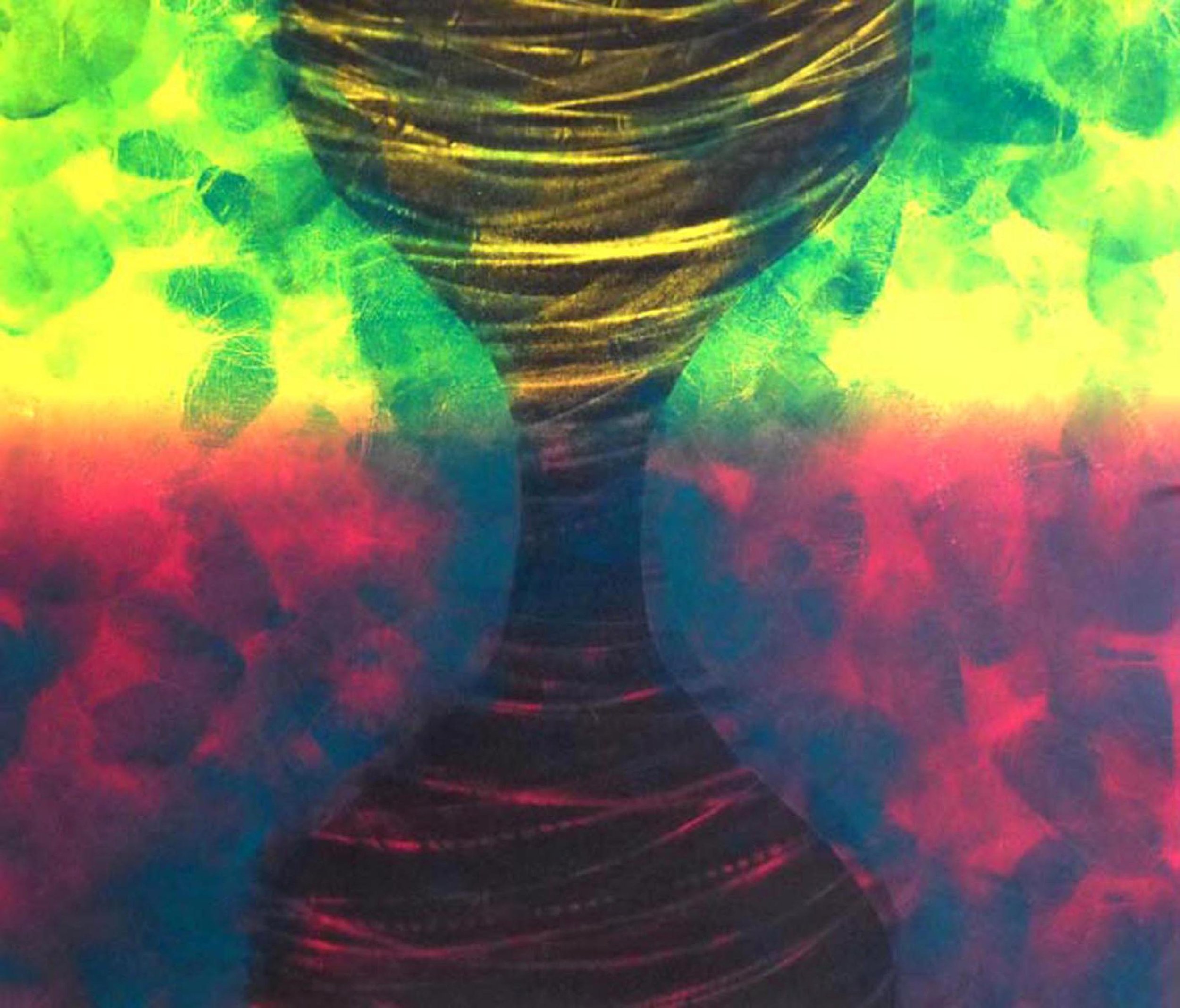
poetry, fall 2016
Tomoko Uemura in Her Bath
after a photograph (December 1971)
W. Eugene Smith
1 Ofuro: The Soaking Tub
The ofuro has been filled.
Its wooden walls and gathered water
appear dark as spilled oil. What
we can see is permitted only by light
that lights on flesh, a white-wrapped
head, a rise of bones exposed. Axis
of beauty and terror, stamped
in black and white.
2 Tomoko Uemura: Daughter
Floating, supported in her mother’s
arms, the two
bodies crossed in eloquent
echo. Look and look
away from this Pietà—
from contorted form—
her naked and damaged
daughter—at 15, ever breastless.
Whose ribs plainly strain
beneath her taut
skin. Whose hands
warp at fingers, wrist.
Tomoko peers back, as
though to counter, or
encounter
the photographer,
her image floating
in the glass
of his lens.
3 Chisso-Minamata byō: Chisso-Minamata Disease
1956: year of her birth. 1977: of her death.
. . . the placenta removes [methyl-mercury]
from the mother’s bloodstream and concentrates
the chemical in the fetus. . . . [Chisso Company’s]
own tests revealed that its wastewater contained
many heavy metals . . . discharged directly
into Minamata River. . . .
Water she absorbed
in the womb. Water in which she bathes—
no, is bathed—
before us—
When their mothers complained, their fathers—
those who could still
speak. To those who knew,
The O,O of their cries—
were denied.
4 Ryoko Uemura: Mother
. . . who chose this place and pose, a deliberate
testament to doubled suffering. Who exposes
and enfolds her child in witness that
cannot be distinguished
from love. She bares and bears
again Tomoko’s weight, light catching
the swell of her own undamaged flesh—
smoothed shoulder, hint of breast—
and the crisp scarf wrapped about
her head.
Light picks out the arc of her wrist
as she lifts her daughter’s legs into
lens-range, so that injury
may be made plain
to any with eyes to see. . .
And yet, beyond what shock the flash discloses,
its light falls almost softly on Ryoko’s face
as she bends her gaze to her child,
not afraid to look on what’s
gone wrong.
She holds Tomoko’s body
afloat in black waters, so we may see how beauty
and despair are leavened by the fiercest love
that dares exposure.
See, she says, without
looking our way. See what has been done?
What could be done
again. What we endure.
Judith H. Montgomery
’s poems appear in Healing Muse, Bellingham Review, Measure, Prairie Schooner, and Cave Wall, among other journals, as well as in a number of anthologies. Her first collection, the chapbook Passion, received the 2000 Oregon Book Award for Poetry; Red Jess, a finalist for several national first book prizes, appeared in 2006; Pulse & Constellation (2007) followed. With the aid of a Playa residency, she recently completed a manuscript, Litany for Wound and Bloom; it centers on injury and healing in the lives of woman, especially mothers. Her companion manuscript, Mutable Flame, explores changes in lives and relationships as human beings move toward death, with meditation on the vivid recognition of the beauty and value of individual moments at both intimate and universal levels.
